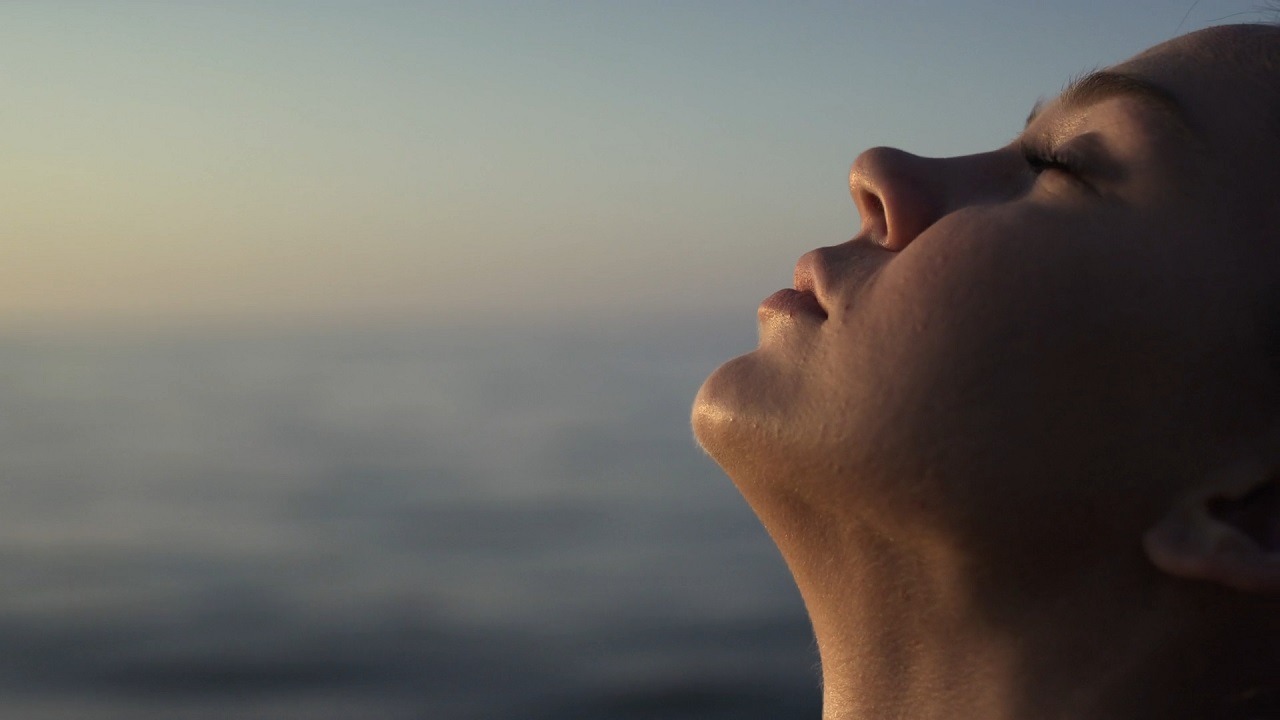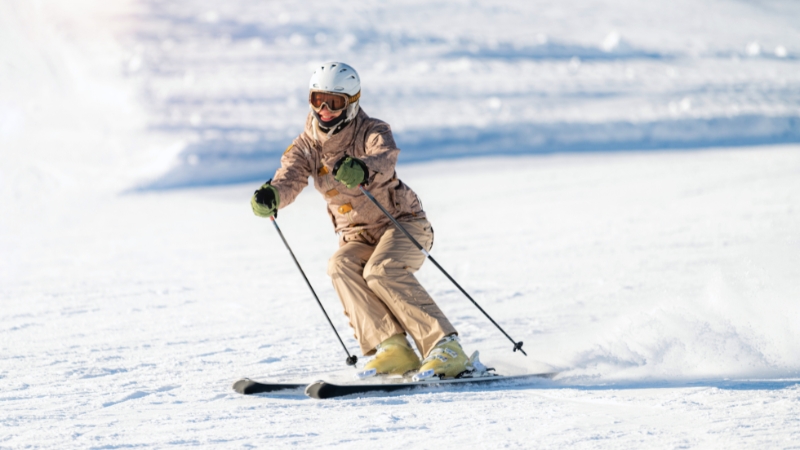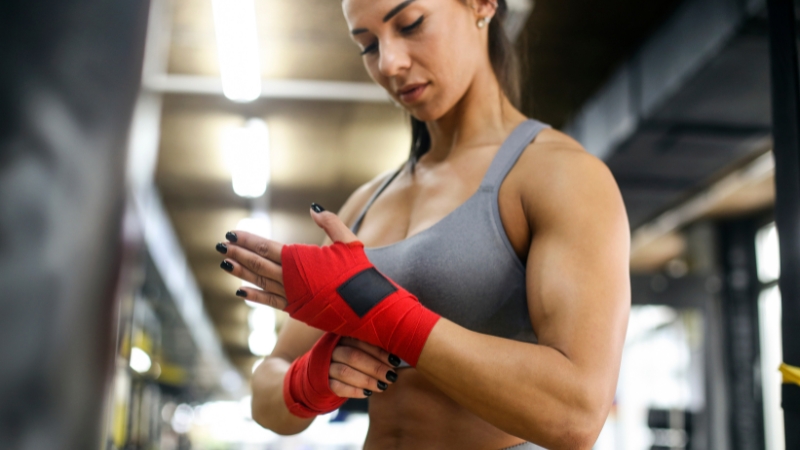
Share Post:
If you’ve ever dealt with that heavy, achy sensation in your legs, you know how draining it can feel. Poor circulation might be the culprit, leading to swelling, cramping, or even numbness.
Poor circulation might be the culprit, leading to swelling, cramping, or even numbness. Over time, if left unaddressed, it could set the stage for more serious health challenges. The good here are plenty of practical, easy-to-implement strategies to get your blood moving again.
These include exercises, tools, and lifestyle changes that can help bring relief and improve your leg health.
Table of Contents
ToggleWalking
Regular walking strengthens the muscles in your legs, which act like a pump to push blood back toward your heart. It also helps reduce swelling and stiffness, making it a win-win for your overall leg health. However, you can always try non-surgical vein treatments if walking doesn’t help.
Lying Down Moves
@twstraining 3 Elite Ankle Mobility Drills Stiff ankles are a serious problem for so many people! Having quality ankle mobility is essential as it unlocks tremendous ability when it comes to training and sports. And when it comes to squatting more specifically, if your ankles can flex, your knees can move further in front of your toes which will really set you up for success. So here’s 3 techniques that you should try if you have stiff ankles! 1 – The Classic Banded Ankle Mobilization This is my “go-to” ankle mobilization because it drives an immediate and significant improvement to my dorsiflexion in just a few minutes. And when I say “go-to,” I mean, I literally do this every single time I plan on squatting in a workout. 2 – The Banded Achilles Distraction This one is a bit more niche but it also does a great job of opening the ankles. This is a technique I would normally do if the first option wasn’t making any significant improvements or if I have a client who has Achilles tendon issues. The heavy force applied by the band clamps down the Achilles tendon and helps floss it out, which in turn can restore more dorsiflexion. 3 – The Double Banded Ankle Mobilization This is a technique from Dick Hartzell and it’s a solid! It’s definitely the most advanced ankle mobilization I’ve ever come across, and if you have super stiff ankles, this should absolutely get them moving again. How this works is one band (the bigger) is separating the foot from the tibia and fibula while the other band is being used to help flex and extend the ankle. So basically, you are forcefully introducing flexion and extension while the joint is being yanked wide open. And if the other 2 techniques don’t work, this one definitely will! Give this a shot and be sure to save this for future reference.
When you’re lying down, gravity isn’t working against your circulation, so it’s a great time to focus on simple movements:
Ankle pumping: Lie on your back and flex your toes up toward your head, then point them down. Do this 10 times, and try to repeat it every hour throughout the day. This action helps move stagnant blood in your legs back toward your heart.
Knee bends: While lying flat, bring one knee to your chest, hold it for a second, and then gently lower it back down. Alternate legs for 10 repetitions each. It’s an easy way to stretch your muscles and stimulate blood flow, especially after long periods of sitting or lying down.
Leg lifts: With one leg bent and your foot flat on the ground, lift the other leg straight up and hold it for a few seconds. Lower it down slowly and switch legs. This move not only improves circulation but also strengthens your core and leg muscles.
Seated Options
Sieh dir diesen Beitrag auf Instagram an
Ein Beitrag geteilt von Laurel del Camino (@allways.evolving)
If you’re sitting at a desk all day or just relaxing in a chair, try these moves to keep your blood flowing:
Exercise
How to Perform
Benefits
Heel and Toe Raises
While seated, lift your heels off the ground so only your toes are touching. Then switch—lift your toes so only your heels touch. Perform in a back-and-forth motion.
Keeps calf muscles active and prevents stiffness.
Ankle Rotations
Lift one foot off the floor and rotate your ankle in a circular motion. Complete 10 circles clockwise, then switch to counterclockwise.
Loosens stiff joints and promotes blood flow.
Calf Stretches
Extend one leg forward and flex your toes toward your body. Hold for three seconds, then relax. Repeat on the other leg.
Reduces tightness and improves circulation.
Use a Strap or Belt
While lying back, loop a strap or belt around your foot and gently pull your leg toward you.
Enhances flexibility and further boosts blood flow.
Foam Roller Stretch
Use a foam roller to roll out your calves and hamstrings.
Relieves tension and improves circulation, especially for tight muscles.
Standing Exercises
Standing exercises can help strengthen your legs while promoting better blood flow:
- Heel lifts: Stand with your feet shoulder-width apart and slowly rise onto your toes. Hold for a moment, then lower your heels back down. Start with 10 repetitions and gradually increase as you gain strength. This simple move also strengthens your calves and improves balance.
- One-leg stands: Balance on one leg while keeping the other slightly bent. Start by holding the position for 10 seconds and gradually increase the duration as your balance improves. It’s a great way to activate stabilizing muscles and enhance circulation.
- Squats: Begin with shallow squats, focusing on controlled movements. Over time, work toward deeper squats as your leg muscles become stronger. Squats improve overall leg strength, which is key for better circulation.
- Exercise ball squats: Place an exercise ball between your back and a wall, then perform squats. The ball offers extra support, making this a perfect option for those new to squats or with limited mobility.
- Yoga: Yoga is an incredible tool for improving blood flow, increasing flexibility, and even lowering blood pressure. Poses like downward dog, warrior, and forward folds stretch and engage muscles, encouraging better circulation.
Compression and Recovery Tools
When movement isn’t enough on its own, recovery tools can provide extra support.
Compression stockings, for example, gently squeeze your legs, making it easier for blood to flow upward.
They’re especially helpful if you’re on your feet all day or sitting for extended periods. Look for stockings with the right level of compression, and consult a healthcare provider if you’re unsure where to start.
Leg Elevation Products
- Elevating your legs is a simple way to reduce swelling and promote better circulation. Consider:
- Bed wedges or pillows: Prop your legs up above heart level while sleeping to encourage blood flow.
- Foot stools: Use one at your desk or while watching TV to keep your legs elevated.
- Under-desk cycles: These devices let you pedal while sitting, keeping your leg muscles active and blood flowing. Plus, it’s an easy way to burn a few calories!
Lifestyle Hacks for Better Circulation
- Stay hydrated. Water keeps your blood at the right consistency, making it easier for your heart to pump it throughout your body.
- Eat circulation-friendly foods. Incorporate fatty fish, garlic, cinnamon, and onions into your meals. These foods are known for their heart-healthy and circulation-boosting properties.
- Drink tea. Studies show that black, green, and oblong teas are packed with antioxidants that support blood vessel health.
Quit Smoking
- If you’re a smoker, quitting can dramatically improve your circulation. Nicotine constricts blood vessels, making it harder for blood to flow freely. Kicking the habit is one of the best gifts you can give your legs (and your overall health).
Massage
- Warm baths or saunas: Heat can relax your muscles and temporarily boost circulation. While not a long-term solution, it’s a comforting option to pair with regular exercise.
Build a Routine That Works
The key to improving circulation is consistency. Even five minutes of movement a day can make a difference, and small changes add up over time. Start with exercises that feel manageable, and gradually build on them as you get stronger.
Most importantly, listen to your body. Pair regular movement with supportive tools and lifestyle habits, and consult with a healthcare provider for personalized guidance.
Sources
1. NCBI – Walking – the first steps in cardiovascular disease prevention
2. PMC – Tea polyphenols for health promotion
Related Posts:
- Dealing with Back Pain? Here’s How to Start…
- Leg Pain After Exercise - Is It Normal or a Red Flag?
- Struggling to Lose Weight? Here’s What Might Be Going Wrong
- Is Your Workout Causing Your Acne? Here's How to Stop It
- Should You Work Out While Pregnant? Here’s What Experts Say
- Running Alone in Nature? Here’s How to Stay Safe and Secure













